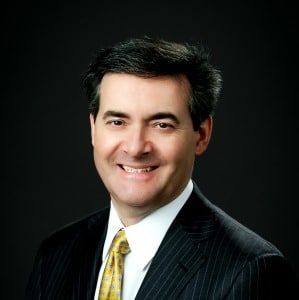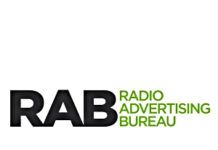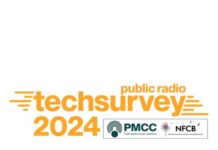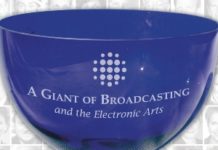
In his latest blog posting aimed at helping radio sellers tell the story of radio, Chief Insights Officer at Cumulus and Westwood One Pierre Bouvard asks the question. ‘How does each media perform against their promise?’ His answer: AM/FM radio audiences deliver exactly what is promised: ads are heard. TV and other media measurement over-count and inflate audiences. AM/FM radio’s audience measurement system, the Portable People Meter, hears what the consumer hears. The radio listener is more likely to hear a commercial than the TV audience is to “see” a TV ad.
Bouvard offers up the following stats in his posting:
– 61% of the time, TV commercial audiences do not see the ads. A new study from the distinguished Council for Research Excellence reveals when TV ads are on, 40% of the time the audience is looking at their phone or tablet. 21% of the time they are not in the room. Only 39% of the time are “eyes on TV.” Many TV viewers are only hearing the ad, not viewing it. That’s because TV audiences are looking at Facebook on their phones.
– Magazine ad exposure is 30% lower than TV.
– Few online video ads are deemed viewable by the world’s largest ad agency. GroupM, the massive media agency, found few video ads on Facebook and Twitter meet their viewability standards. In fact, only 2% of Facebook video ads actually count as viewable.
– Less than half (46%) of adults have seen billboard advertising in the last 30 days, according to MRI.
– Pandora suffers from “empty room syndrome.” The ads are on, but no one is there to hear them.
Bouvard says, according to Erwin Ephron, the father of modern media planning, “PPM measures “hearing.” If the PPM hears a Radio message, the person carrying the PPM will hear it also. But the [TV] peoplemeter doesn’t measure “seeing.” It measures people in the room with a TV on, and some will not be watching the screen.”
Ephron concludes, according to Bouvard, “PPM is the only media measurement that doesn’t over-count audience. It reports hearing for Radio. Hearing is the measure of Radio advertising exposure which is the direct link between media spending and consumer response. And despite the groaning over higher CPMs, that is exactly what advertisers are willing to pay for.”
Read the entire Bouvard blog HERE








While the nature of media and advertising has drastically changed over the past decade, Radio remains a very valuable medium for the audiences and advertisers it serves. However, the medium does not help itself with twisted interpretations of research.
The PPM device “hears” what it measures but the person carrying it doesn’t necessarily. If you are wearing a PPM while dining in a restaurant, sitting next to a group of people tailgating or at the beach, or even have the radio on in your home while you are doing chores, you are not definitively “hearing” the content. PPM measures exposure, and that exposure includes content – it doesn’t specifically measure “hearing” or even exposure to commercials.
This is not a knock on PPM but it is a reality of the methodology.
That sample size is generally ridiculously low, often times the DDI’s are absurdly low, there are often insane inconsistencies on a week to week or month to month basis, and in any given market there are any number of completely ridiculous looking results that defy both logic and common sense.
The PPM system is steadily driving revenue down a swirling drain, and also helping to accelerate the growth of competitive streaming services as programming mechanics are now driven to meter holder behavior rather than actual audience consumption profiles.
Oh, but other than that it’s swell.
Sp what’s the Radio percentage????